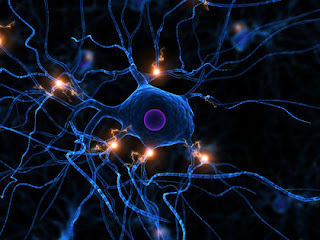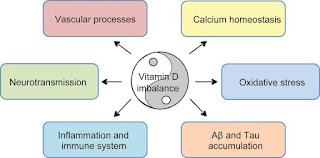The Genetic Landscape of Cerebral Steno-Occlusive Arteriopathy and Stroke in Sickle Cell Anemia.

Sickle cell disease (SCD) is one of the most common autosomal recessive diseases in humans, occurring at a frequency of 1 in 365 African-American and 1 in 50 sub-Saharan African births. Despite progress in managing complications of SCD, these remain a major health burden worldwide. Stroke is a common and serious complication of SCD, most often associated with steno-occlusive cerebral arteriopathy, but little is known about its pathogenesis. Transcranial Doppler ultrasonography is currently the only predictive test for the future development of stroke in patients with sickle cell anemia and is used to guide preventative treatment. However, transcranial Doppler ultrasonography does not identify all patients at increased risk for stroke, and progressive arteriopathy may occur despite preventative treatment. While sibling studies have shown a strong genetic contribution to the development of steno-occlusive arteriopathy (SOA) in SCD, the only genome-wide association study ...





